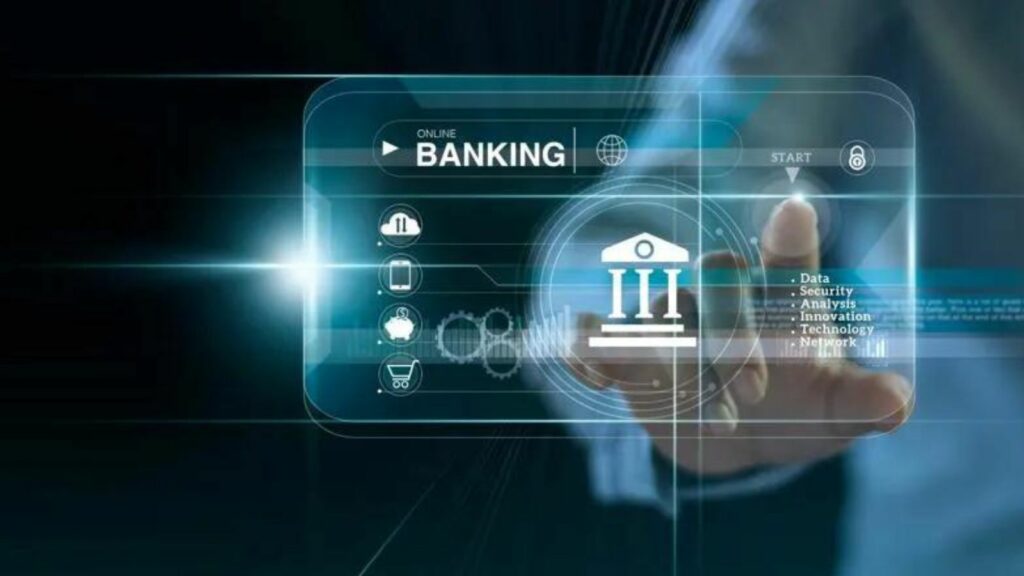In the ever-evolving world of finance, retail banking software has emerged as a game-changer. It’s a digital revolution that’s redefining the way banks operate, making transactions smoother and more efficient. This article delves into the intricacies of these technological marvels and their pivotal role in modern banking.
With retail banking software, banks can streamline their services, enhance customer experience, and ensure secure transactions. But what makes it tick? What are its key features? And how is it shaping the future of banking? Let’s embark on a journey to demystify the world of retail banking software.
Retail Banking Software
Retail banking software acts as an invaluable tool for modern banking operations. Sophisticated software now drives the critical process of retail banking, providing essential services with greater efficiency and security. Offering transformative solutions from customer service to transaction security, retail banking software plays a vital and growing role in shaping banking’s future.
The Role of Retail Banking Software

In the dynamic and competitive world of banking, retail banking software stands central. It enhances efficiency, expedites operations, and bolsters security, revolutionizing banking processes across the board. Customizable features enable lenders to tailor banking activities, meeting customers’ specific needs.
Consider the process of applying for a loan. In the past, this involved paperwork, in-person meetings, and considerable waiting time. Now, retail banking software enables customers to apply for loans online, reducing the process to a matter of minutes.
Similarly, retail banking software’s enhanced security features play a critical role in fraud prevention. It uses sophisticated algorithms that detect and prevent fraudulent activities, reinforcing trust and reliability in the banking system.
Leading Retail Banking Software Solutions
Continuing from the significant advantages offered by retail banking software in transforming banking operations, let’s delve deeper into the leading solutions and the criteria used to evaluate them.
Criteria for Evaluating Retail Banking Software
Evaluating retail banking software involves a comprehensive approach. Key parameters taken into consideration include functionality, user experience, security, adaptability, and customer support.

- Functionality: Retail banking software that offers a wide spectrum of features, from payment processing to fraud detection capabilities, is often preferred.
For instance, software providing online loan applications and efficient loan management tends to have a higher demand. - User Experience: A software solution offering a seamless user experience, good responsiveness, and an intuitive interface is crucial. This not only helps in customer satisfaction but also streamlines their interactions with the bank.
- Security: As banking operations harbor sensitive financial information, the software’s security level is a paramount concern. An ideal software ensures data integrity and safeguards against potential cyber threats.
- Adaptability: The software’s capability to seamlessly integrate with existing systems, the ease of customization to fulfill unique business requirements, and its capacity for future scalability are significant considerations.
- Customer Support: Reliable, responsive and easily accessible customer service plays an instrumental role in the software’s effectiveness. Prompt redressal of technical issues ensures minimal interruption to services.
Adoption and Integration Challenges
Transitioning to advanced retail banking software can be both promising and daunting. Many financial institutions face common obstacles during the implementation stage.
Overcoming Implementation Hurdles

Avoiding potential pitfalls during the deployment phase of retail banking software requires strategic planning. In some cases, resistance from staff, arising due to unfamiliarity with the new system or a potential impact on job roles, presents a major challenge. Offering training programs to help staff understand the new software, assuring employees about job security, and management’s ability to lead the change can alleviate such worries.
Retail banking software often demand significant upfront investment. Despite their long-term benefits in terms of efficiency and customer service, these initial costs could deter some institutions. Bridging this gap requires a clear communication of the software’s benefits and a cost-benefit analysis that underscores return on investment.
Another hurdle that banks may encounter concerns data migration. Transferring valuable customer and operational data from the old system to the new software can be complex and time-consuming. Special care must be taken to prevent data loss and to ensure compliance with data protection laws.

